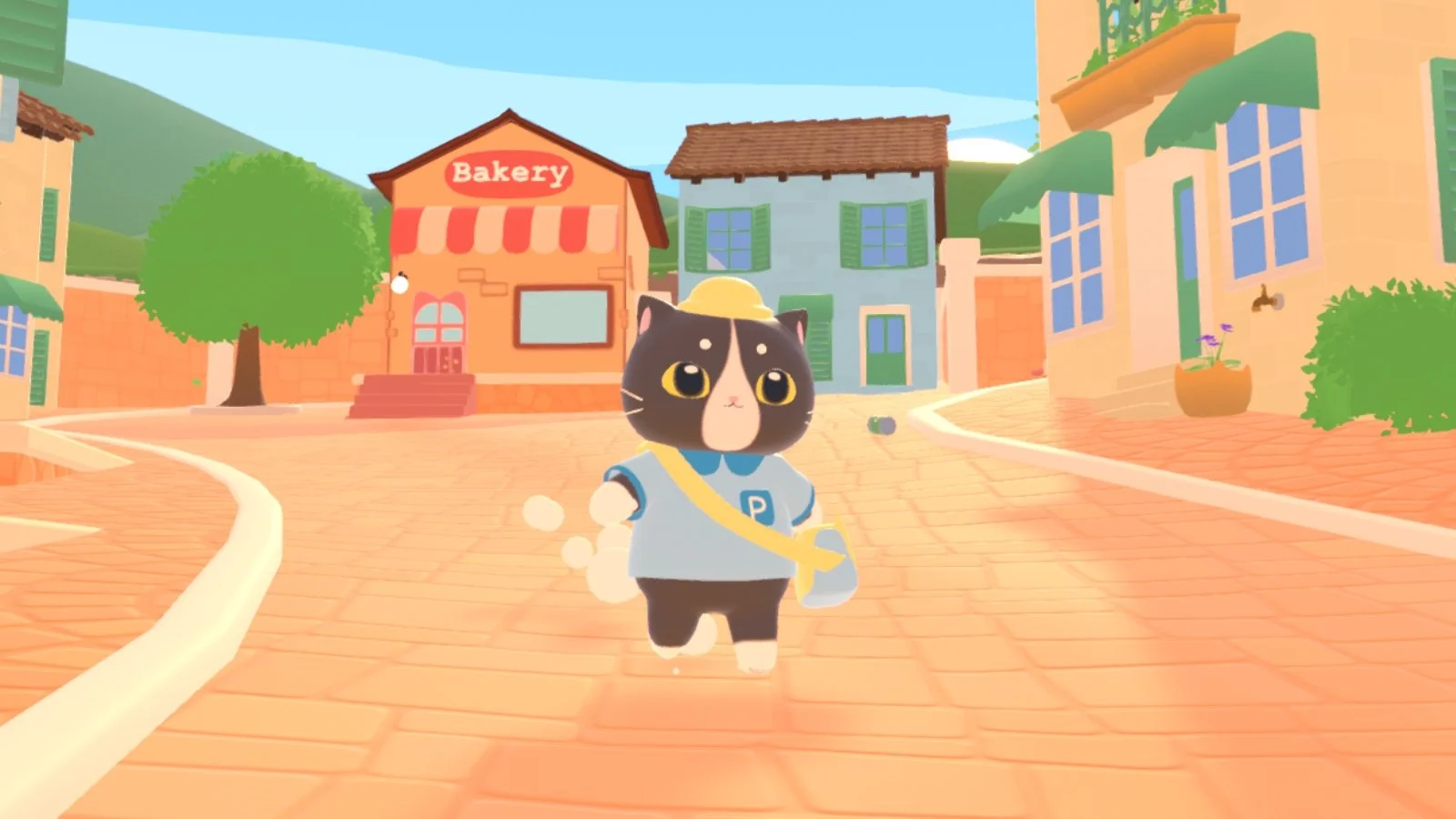Game Thoughts: My Little Scythe Is a Family-Friendly Take on the Scythe Engine
Stonemaier Games has yet to produce a board game my family doesn’t love, and the brightly-colored, kid-friendly My Little Scythe is no exception. Designed by father-daughter duo Hoby and Vienna Chou with illustrations by Katie Khau, My Little Scythe takes inspiration from the asymmetrical, alternate history engine-builder Scythe for a competitive adventure in the animal Kingdom of Pomme. It was originally released as BoardGameGeek Award-winning print-and-play game in 2017. It temporarily used graphics and miniatures from My Little Pony: Friendship Is Magic, which also clearly inspired the game mechanics.
In My Little Scythe, players control two animal miniatures and move across regions on a hex map to earn four trophies from eight possible categories before their opponents. To earn trophies, players can collect and deliver bundles of apples or gems to Castle Everfree, complete quests, increase their friendship scores by assisting their opponents, collect pies, win pie fights, and learn magic spells.
Although the game is competitive, it also rewards friendship and cooperation above everything (similar to the My Little Pony: Friendship Is Magic Competitive Card Game, in which the core scoring mechanic is solving problems with your friends). At the end of the game, if more than one player has all four trophies, the person with the most friendship points wins. The instruction booklet advises that ties are frequent, suggesting that winning really isn’t the goal in My Little Scythe—it’s quite literally the friends we make along the way.
My Little Scythe has great mechanics
The gameplay in My Little Scythe encourages creativity since ruthless competition won’t get you far. On their turn, players select an action from their play card: Move, Seek, or Make. Players mark their choice on their action card and then on their next turn, they can only take actions with available slots.
For example: You cannot Move two turns in a row, but you can Seek or Make two turns in a row. (See the board and components image to the left.) Upgrades exist for the Move and Make actions, which may allow players to increase their movement speed or earn trophies more easily through smaller Castle Everfree deliveries or bonus pies to use in fights.
During our playthrough, the four of us employed different strategies and learned that a combination of early action upgrades and regular pie fights racks up points and trophy-winning opportunities. There are many chances to increase or earn back your friendship score, allowing you to play competitively while respecting the game's collaborative elements. Magic spells are also helpful, so pick them up when you can. Many offer shortcuts to trophies that could come through if the race to the finish gets tight.
The mechanics in My Little Scythe are great and the action economy is strong. No one at our table felt left behind or bamboozled and we enjoyed working together to figure out everyone’s best moves as we got comfortable with the rules. However, it’s worth noting that I played with my two partners and one of their dads. We’re all adults who play board games frequently, and we’re used to complicated mechanics with a lot of rules. My Little Scythe is designed for players age 8+, which seems reasonable—but having more examples in the instruction booklet would be helpful, especially for younger players or for players who aren’t as game-savvy.
We didn’t take advantage of Automounties because the game felt balanced with four players, but reading through player experiences makes me want to experiment in future games. Using mechanical NPCs in board games can increase the difficulty and create an entirely different vibe, which is great fun in a game like Root (though I’ve only played against Mechanical characters in the online version of that game), and I imagine it would be similarly entertaining in My Little Scythe.
The Materials Are Gorgeous
I love a print-and-play game but I love high-quality miniatures and boxes designed to perfectly hold every component of a game so the entire thing closes without issue even more. To that end, I’m so pleased Stonemaier Games is now publishing My Little Scythe because the materials are absolutely stunning.
The miniatures are smooth, sturdy, and surprisingly hefty, made of high-quality plastic that’s begging to be painted (and the box even comes with a painting guide, if you want color inspiration). The board is thick and huge, which makes it very accessible for players with poor vision. Likewise, the colors on the board and handheld components (cards, dice, and tokens) are vibrant and super contrasted, which is helpful for players with low vision.
Finally, the box is labeled for put-away and there’s a spot for everything, which we love. There’s even space for components from the Pie in the Sky expansion! We’ve purchased many player-made organization sets for board games with lots of components before, so when a publisher does that work for us, it endears us to their designers even more.
My partner’s dad also commented on how durable the My Little Scythe materials seem, which ostensibly makes them kid-proof—or at least kid-resistant, which is important, especially for families with younger players. That said, the dice, apples, gems, and quest tokens (and maybe even the miniatures, depending) seem ripe for small children to pick up and put directly in their mouths, so pay attention if you have little ones at the table.
The verdict
Overall, My Little Scythe is a fun, collaborative but still competitive game that’s well-balanced with great mechanics and a solid action economy. Whatever the makeup of your gaming group, it’s a delightful dalliance into the Kingdom of Pomme and introduces some aspects of the much more complex Scythe, creating a natural skill progression from one game to the next.
If you’re looking for a lighthearted addition to your gaming shelf, My Little Scythe is an excellent choice.
My Little Scythe and the My Little Scythe: Pie in the Sky expansion are available from Stonemaier Games or your local game shop. A copy of My Little Scythe was provided by the publisher for review.
✦ Like what you read? Leave a tip!
✦ Want to have posts like this delivered straight to your inbox (with bonus content)? Subscribe to my newsletter!






